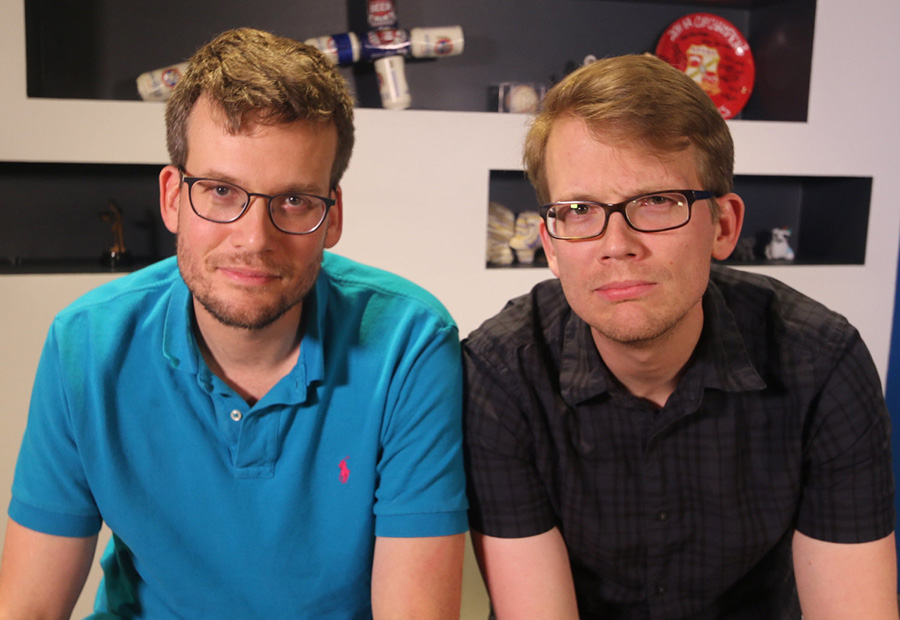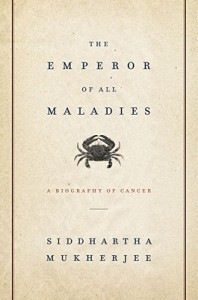The Sick Rose: Disease and the Art of Medical Illustration
Hey everyone! Hope you are doing great! This post is going to be a part of a new series called 'Prescribed' wherein I will be reviewing some really intriguing medical literature and medical fiction books in collaboration with the Medicinhistoriska Museet (Medical History Museum) at Gothenburg, Sweden! Be ready for an epic ride through anesthesia, nursing records, diseases, and of course human emotion!
 |
| Credits: Goodreads |
Humanity
has always been restless. An unquenchable thirst to know more about ourselves,
our universe and ultimately our purpose, has been the guiding light that led us
to building our reality based on science and logic. We have always prided
ourselves on being the striking image of God- the ‘super species’ and this
created an urge to control all that we could muster. And somewhere in this
journey, came medicine. The art of curing ailments that caused havoc and
disfigurement, the guidebook to orchestrating our organs, lengthening life
spans… well, who would say no to that?
‘The Sick Rose: Disease and the Art
of Medical Illustration’
by Richard Barnett is an extraordinary endeavour that chronicles the golden age
of medicine through a simple allusion, medical illustrations. Every page
unfolds a vast spectrum of medical illustrations, and marriage of the emotive
artists and the technical doctors, with each portrait trying to humanize the
afflicted and bearing intricate details that paved the path for Nobel Prizes
and worldwide recognition. It is the story of us and the incredibly brittle
sack of cells we are built upon.
Now before
I begin elucidating a bit more about the finer details of the book, I do want
to mention that some of images can be quite jarring, as they do depict some
grotesque diseases, which might not make it the ideal coffee table book. So,
proceed with caution.
The book
is arranged into 10 parts that describe the major diseases that afflicted
humanity in the past, with a myriad of illustrations and a very small fraction
of text. By looking at it from a litterateur’s perspective, the writing would
seem prosaic as it is very academic and uptight. One of my biggest complaints
is that the book doesn’t have a conclusion and abruptly ends off at the last
disease of gout and I couldn’t find any pattern for which the titles were
arranged in the way, but at the end of the day, even in the short lines, the
book is incredibly intellectual. It has so much content in it, that it put me
down even more rabbit holes in Wikipedia!
It starts
off with a few anecdotes from William Hazlitt and John Keats as the author sets
a premise for this venture. It introduces physicians like Galen and Harvey who
were the pioneers in modern medicine and shaped anatomy to how it is today. One
thing I really found interesting in this chapter, is how the developments in
physics by Newton, Descartes and Hobbes shifted the doctors from a Hippocratic
outlook to a Cosmological outlook, and how they started to look at the body as
particles rather than fluids. This truly shows the symbiotic nature of the
sciences!
The story
continues along and introduces the revolutionary idea of ‘Paris Medicine’ and
how medical textbooks started becoming more and more detailed to enhance the
medical capabilities of doctors. Something profound that I noticed in one
picture that depicts ‘A family of sans culottes’ is even though this comic was
made in the 1700s, the depiction of a heart, is the typical heart shape that we
know today. This is really fascinating as it really inspired me to look up the
history of the symbol as well! In such ways this book is a delightful
collection of historical eureka moments and fun facts!
There are
further sections on Skin Diseases, Tuberculosis, Smallpox, Cholera etc, which
sadly do not shed more light about the illustrations that anatomists made while
treating or the names of the artists, rather give a general overview about the
diseases. I felt that this deviated from the core concept of the book which was
to elucidate about medical illustrations.
Reading
this book and exploring the little anecdotes about each disease was quite
fascinating! It helped me understand the way humanity has changed and stayed
the same. One thing which is an absolute replica of today’s situation is that
in the 1700s when Edward Jenner discovered that Cowpox was a vaccine for
Smallpox, there were antivaxxers like John Gibbs who refused to accept that
animals could cure humans and protested the revolutionary treatment so much so
that the British Government moved Jenner’s statue from a prime location to a
small garden! This scene is a wakeup call for us to start understanding the
importance of scientific discoveries and accepting them wholeheartedly.
And of
course, humans have the habit of ascribing emotions to everything, even
Tuberculosis! People started viewing it as the ‘Ideal Death’ which happened
slowly over time with no visible symptoms and seeing how it was the end for a
lot of writers- The Brontës, Elizabeth Barett Browning, Chekov etc, added on to
the concept of TB being a ‘romantic disease.’ This perception became so
prevalent that John Keats was so happy to see blood in his phlegm! It is truly
of human nature to try to find patterns in every situation and try to gain some
pride in every morsel possible.
The book
also tackles the racist origins of certain diseases like Leprosy and Cholera,
and how this caused political turmoil in Britain to uplift the lives of people
in filthy urban areas. The way the text presented the stories about such
diseases was very sympathetic and unstigmatized which truly is the right way to
remove stereotypes about those infected by these diseases.
Overall,
‘The Sick Rose’ was an engaging read but I would recommend it to those who have
a bit of prior knowledge in medical history, because if you don’t, you might
feel lost in certain chapters. It is an eye-opening (and eye-closing because of
certain images!) book and a great way to reflect on how far humanity has come
in scientific understanding.
My final
rating would be:
3.5 pills!! And yes, I would recommend consuming the book only in daylight hours and after you have eaten :)
If you are
looking to explore more on the topics discussed in the book, here are my
recommendations:
 |
| Courtesy: Hank and John |
1) Vlogbrothers: You might recognize the author of
Fault in Our Stars John Green and his brother, the mastermind behind Crash
Course, Hank Green here! Even though this channel has videos about literally
everything, recently John Green has been talking about Tuberculosis and has
been in the quest to understand it, from history to science!
 |
| Courtesy: Goodreads |
2) ‘The Emperor of all Maladies’ by Siddhartha Mukherjee: This is
one of my favourite books of all time because of its sheer lyricism and
poeticism in the way it unravels one of the goriest diseases ever- Cancer! I am
definitely going to be reviewing this in the coming
days!
 |
| Courtesy: Goteborg.com |
3)
Medicinhistoriska Museet at Östra
Hamngatan in Gothenburg: There are many
exhibits which showcase even more medical illustrations, deeper history and
will keep the flame of curiosity eternally burning! Be sure to visit us 😊
Thank
you so much for reading the book review! I hope this inspired you to pick up
the book and get a taste of the rich medical history we are standing on! If you
want to read more of my writings, feel free to explore my blog- Maith's Musings
or follow me on Goodreads!
Have you read this book? Are you fascinated by Medical History? Have you visited the museum? What is the most amazing fact you know? Any tips to make my writing better? Are you a blogger too?



.png)




maith hii, it's been forever!!! i remember back in the eighth grade, when all i wanted was to be a doctor but i've kind of deviated from that spectrum ever since i found out it took over a decade. (impatient much?!) anyway, i remember one of my seniors who got an amazing rank had spoken to me about back then and recommended a few of these. it was really interesting reading about it, and the pills were a creative idea haha ;) i have had absolutely 0 time to read but i will DEFINITELY try these out!! great post <3
ReplyDeleteMaya, hello!! How are you doing?? Yes, it has been forever!! Oh yes, I think everyone has gone through the phase of wanting to become a doctor! Medical Literature is really fascinating and I have been having a lot of fun going down rabbit holes about diseases and treatments :D
DeleteHave a great day <33